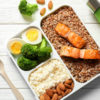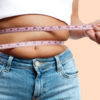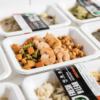SUMMARY
Fat loss can be easier than you may realize. Simple steps such as eating more spicy foods and drinking water before each meal can support you on your journey.
Fresh N’ Lean is the nation’s largest organic meal delivery service. Our tasty, chef-prepared cuisine is always fresh and never frozen, and we offer five convenient meal plans: Protein+, Keto, Paleo, Standard Vegan and Low-Carb Vegan. Choose Fresh N’ Lean for affordable nutrition, delivered to your doorstep.
Fat loss doesn’t always have to involve hours spent sweating away the pounds in the gym.
Yes, going that route can get great results. But not everyone has that kind of time to invest. If you’re a busy professional with lots of responsibilities, your schedule may not allow you to devote several hours a week to working out.
With fat loss, the key is to think strategically. Whether you’re aiming to lose body fat all over your frame or belly fat in the abdominal region, there are steps you can take that will assist you on your journey with relatively little time and effort involved. These fat-loss hacks are tailor-made for busy people who want to use their resources in the most efficient and productive way possible.
If you’re ready to learn how you can take a simple and streamlined approach to weight loss and fat burning, read on.
In this article, we will:
- Explain some basic concepts related to fat loss
- Discuss visceral fat, and explain why losing it should be a priority when fat loss is on the agenda
- List hacks that can help you increase fat burning and reduce body fat
Fat loss 101

Fat loss is rooted around one basic concept: In order to reduce fat and make weight loss a reality, you need to burn more calories than you take in. This will create a calorie deficit that forces your body to turn to existing fat cells as a source of energy.
You can manage calorie intake by taking a look at the foods you consume. Your goal is to emphasize those foods that deliver lots of nutrition while packing a relatively low calorie count. Nutrient-dense, plant-based whole foods fit the bill, and they can be great allies in your journey.
When it comes to calorie expenditure, your intention here is to get your body to burn as many calories as possible.
The most tried-and-true way of achieving this is to ramp up your level of physical activity. A body that’s in motion usually burns more calories than one that’s sedentary. That means that if you aim to make yourself more physically active in ways both large and small, you’re more likely to create the sort of calorie deficit that helps with weight loss and fat burning. For example, including more strength training and cardio in your daily routine can reap big rewards when it comes to increasing calorie burn and weight loss.
However, increasing physical activity isn’t your only option when it comes to calorie expenditure. If you want to increase the number of calories you burn, there are techniques you can use that don’t involve physical tasks such as lifting weights, resistance training or logging more time on the treadmill.
Certain foods can boost your metabolism, and this will help your body burn more calories in its resting state. If you want to lower your body fat percentage, incorporating these fat-burning foods into your diet can help you get maximum results with relatively minimal effort.
What is visceral fat?
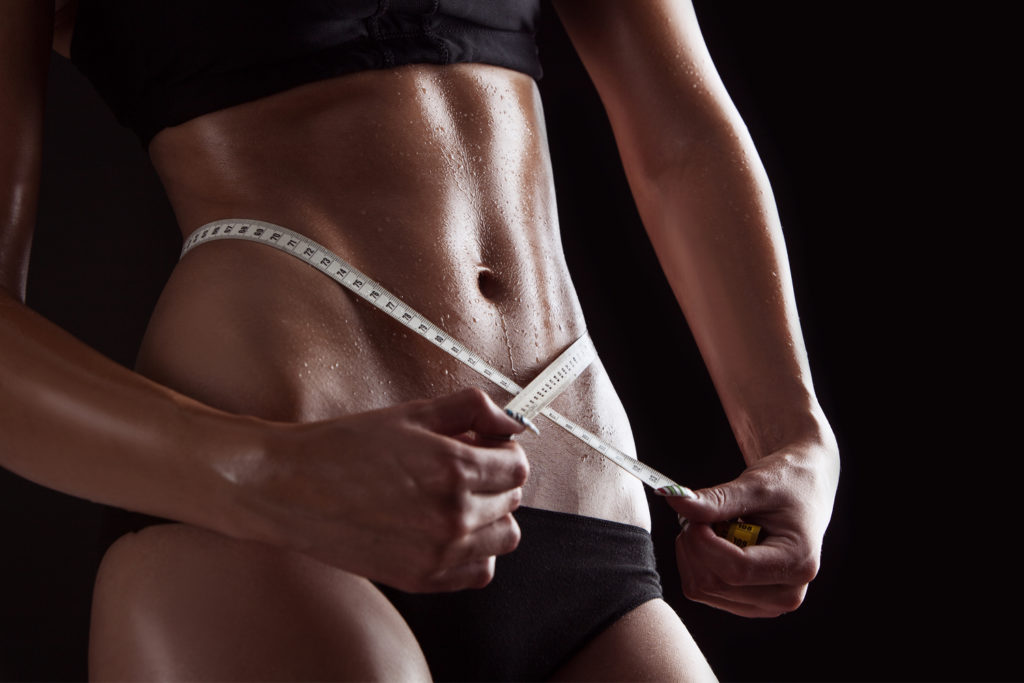
The effect of body fat can differ based on where it’s located. A certain type of belly fat is known for being potentially more dangerous than other types of body fat. This type of fat is called visceral fat, and it’s stored in the abdominal cavity.
Due to its location, visceral fat is positioned in close proximity to many vital organs. These include the liver, kidneys, stomach and intestines. It’s also possible for visceral fat to accumulate in the arteries.
Not all belly fat is visceral fat. In some cases, fat that’s located in the abdominal area may be subcutaneous. Subcutaneous fat is a type of fat that’s stored beneath the skin. It’s the same type of fat seen in your arms and legs.
Why is visceral fat dangerous? It poses a threat because it has the potential to cause a slew of health problems. Carrying excessive visceral fat has been linked with the following medical conditions:
- Heart attacks
- Heart disease
- Type 2 diabetes
- Alzheimer’s disease
- Colorectal cancer
- Stroke
- Breast cancer
One way to tell if you’re carrying more visceral fat than you should is to look at your waist size. If you’re a woman and your waist measures 35 inches or larger, you may have a problem with visceral fat. And this type of fat may be an issue if you’re a man whose waist measures 40 inches or larger.
Easy fat-loss hacks

Below, we’ve listed some easy tips that will help you reduce body fat.
All of these tips will help you get rid of subcutaneous fat. Some will also help you banish visceral fat.
1. Eat a high-protein diet
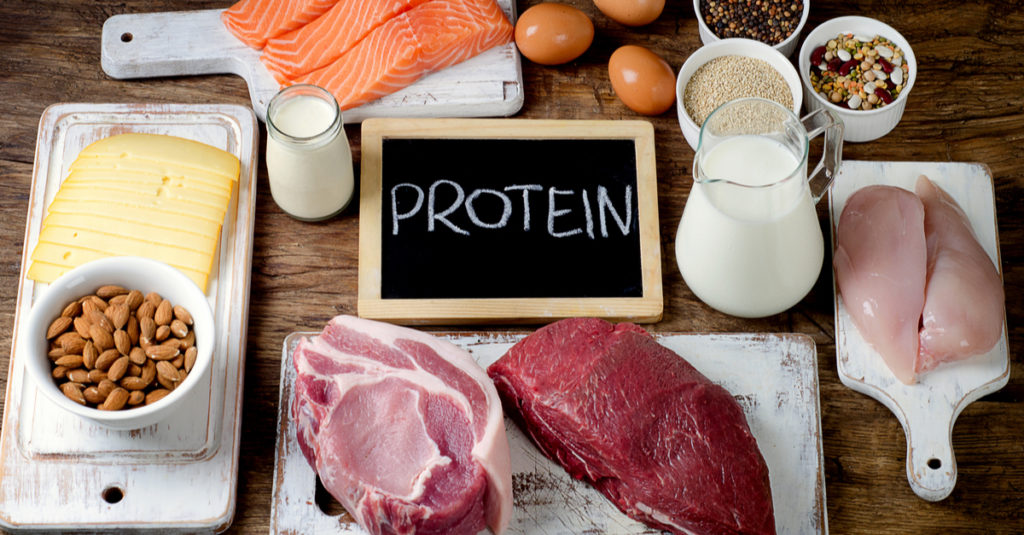
You have a lot of choices to consider when designing your diet, and the food you eat can either help or hinder your ability to lose body fat. There’s one eating plan that is especially supportive of weight loss and fat-burning: a high-protein diet.
Every diet involves a balance of three macronutrients: fat, protein and carbohydrates. With a high-protein diet, at least 20 percent of your total calories come from protein. The good thing about this eating plan is that it can be customized to suit many types of diets. If you’re on a paleo, vegan or keto diet, you can make adjustments that will allow your food intake to fit the high-protein model.
Protein benefits
A high-protein diet help reduce both visceral and subcutaneous fat. It does this in a couple of ways:
1. Creates a feeling of fullness
A high-protein diet helps you feel full. This feeling of fullness can work to suppress your appetite; as a result, you’ll likely consume fewer calories. Ultimately, this will make it easier for you to create a caloric deficit that leads to weight loss.
One 2006 study looked at 12 female participants. Those who consumed a high-protein diet reported less hunger and greater satiety.
2. Boosts your metabolic rate
If you can speed up your metabolic rate, this will boost your calorie expenditure. The more calories you’re able to burn in this way, the more likely you are to create a calorie deficit.
Protein foods work hard to ramp up your metabolic rate, and this can have positive effects when it comes to burning fat and reducing your body weight. In a 2002 study involving 10 volunteers from a college campus, a high-protein low-fat diet changed the participants’ metabolic rate in ways that were supportive of fat burning and weight loss.
3. Supports weight loss
Research shows that a high-protein diet directly supports weight loss. One 1999 study looked at 65 participants who ranged from healthy to obese. The participants were placed on either a high-protein or a high-carbohydrate diet. Those on the high-protein diet lost more body weight and body fat.
Protein foods
Do you consume animal-based foods? If so, here are some sources of animal protein to consider including in your diet:
- Lean grass-fed beef
- Organic pasture-raised eggs
- Wild-caught fish such as salmon
- Whey protein powder
- Free-range chicken
- Shrimp
Many plant-based foods are loaded with protein. Here are some great sources of plant-based protein to include in your high-protein diet:
- Lentils
- Nuts such as cashews, almonds, walnuts and pecans
- Seeds such as hempseeds, sunflower seeds and pumpkin seeds
- Broccoli
- Pea protein powder
- Garbanzo beans
- Peanuts
- Tofu
- Tempeh
- Seitan
2. Make healthier beverage choices

Many of us are hardwired to pay close attention to the foods we eat. However, it’s common for people to exercise a lot less care when it comes to the beverages they consume.
Sugar-sweetened drinks such as soda and processed fruit juice contain lots of calories and very little nutrition. They’re not a great fit in your quest to create or expand a calorie deficit.
Making matters worse is the fact that sugar-sweetened beverages have been linked with a higher risk of belly fat. A 2017 study established a connection between sugar-sweetened drinks and abdominal obesity.
So, which beverages should you choose to replace drinks sweetened with sugar?
Water is a good choice. It hydrates your cells and contains zero calories. Nut milks such as almond milk and cashew milk are great, but make sure you choose unsweetened versions. Soy milk is another good choice, but again, look for one with no sugar added.
Finally, consider adding green tea to your diet. It’s loaded with nutrients that can help your body burn fat. In a 2008 study, green tea was shown to increase fat burning by as much as 12 percent compared to a placebo.
3. Drink water before each meal
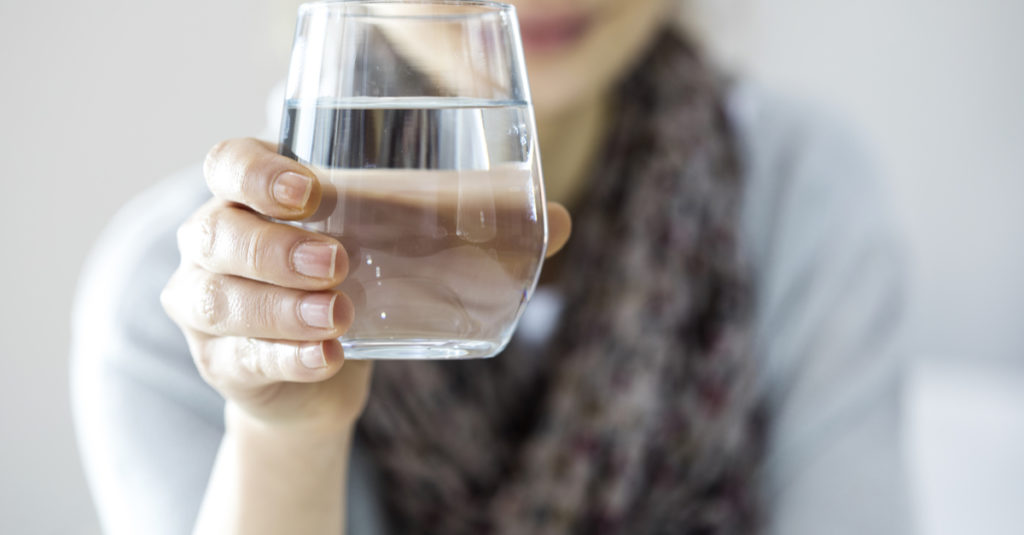
One simple and easy way to reduce body fat is to consume water before your meal. Water contains zero calories, and it can help provide a feeling of fullness. This fullness may lead you to consume less food during your meals. Ultimately, this may help you burn more fat and lose weight.
A 2009 study looked at the effect that consuming water prior to a meal has on weight loss. Relative to those in a control group, participants in the study who drank 17 ounces of water before meals increased weight loss by 4.4 pounds.
4. Get full on fiber
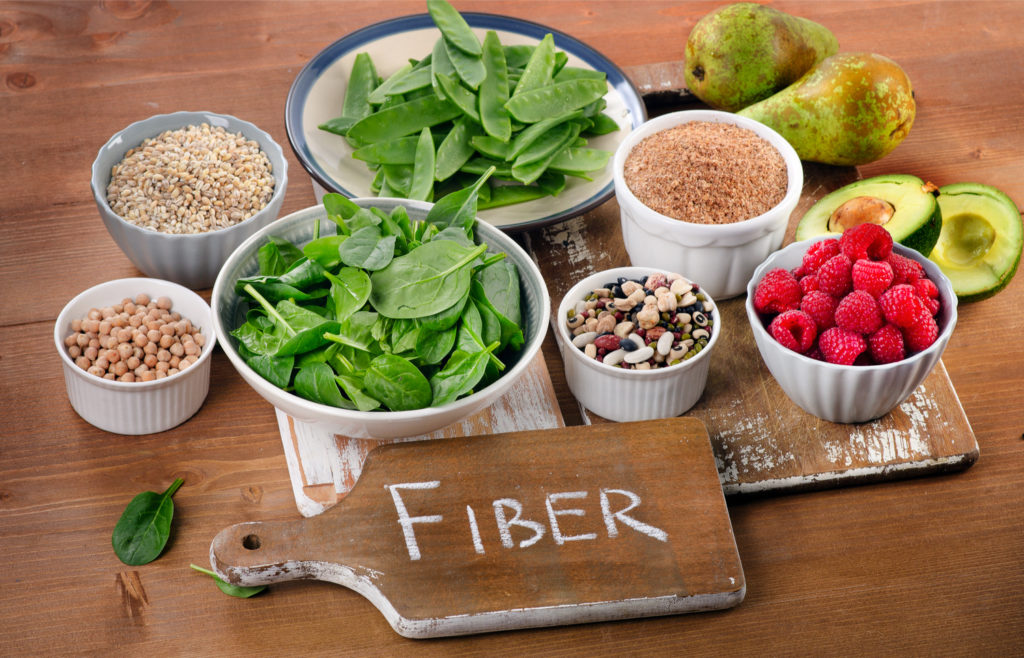
Fiber is a term used to describe carbs that your body can’t digest. Soluble fiber soaks up water, expanding as it does so. Because of this, it travels through your digestive tract more slowly than other types of foods. Its slow pace of movement can help you feel fuller longer. This may reduce your appetite and encourage you to eat less.
In one study involving 1,114 adults, for each 10-gram increase in soluble fiber consumed each day, participants exhibited a 3.7 percent diminishment in abdominal fat over a five-year period. This was achieved with no additional changes in diet and exercise.
In addition to promoting weight loss, fiber may help reduce cholesterol. When fiber is present in the digestive tract, the body tends to absorb less cholesterol. High cholesterol has been linked with conditions such as heart disease.
Fiber can also help the body manage blood sugar more efficiently. The body takes a longer time to break down foods that are high in fiber. This supports blood sugar levels that are more stable and consistent. A consistent blood sugar level is especially helpful for those who struggle with diabetes.
Here are some high-fiber foods to include in your diet:
- Pears
- Strawberries
- Brussels sprouts
- Lentils
- Artichoke
- Broccoli
- Beets
- Carrots
- Bananas
- Raspberries
- Apples
- Avocado
- Chickpeas
- Kidney beans
- Split peas
- Lima beans
- Edamame
- Black beans
- Quinoa
- Oats
- Almonds
- Chia seeds
- Coconut meat
- Pistachios
- Walnuts
- Pumpkin seeds
- Sweet potatoes
5. Try caffeinated coffee
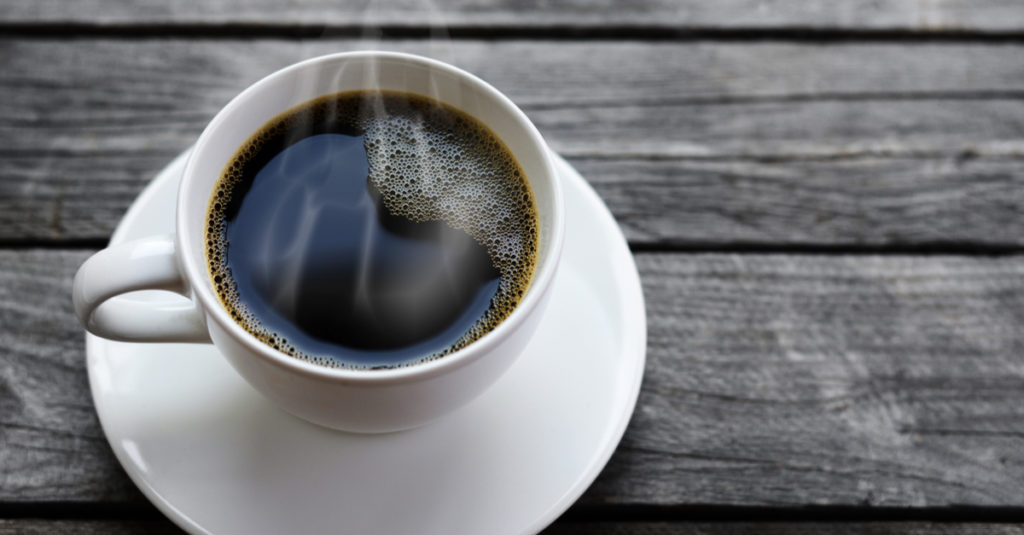
Coffee contains caffeine. Caffeine is a substance that’s commonly used in a wide range of supplements designed to help people lose weight. Its popularity in this area is well deserved; caffeine is highly effective at helping the body burn fat.
The caffeine found in coffee works to increase your body’s metabolic rate. Studies show that caffeine consumption can ramp up your body’s metabolism by as much as 3-11 percent.
One study tracked almost 60,000 men and women over a 12-year period. The study showed that caffeine intake led to a reduction in long-term weight gain.
When drinking coffee, keep it simple if you want to maximize the health benefits of this beverage. That means no cream or sugar; these additions can ramp up the calories. Instead, drink your coffee black or with a small amount of milk.
6. Increase your intake of probiotics
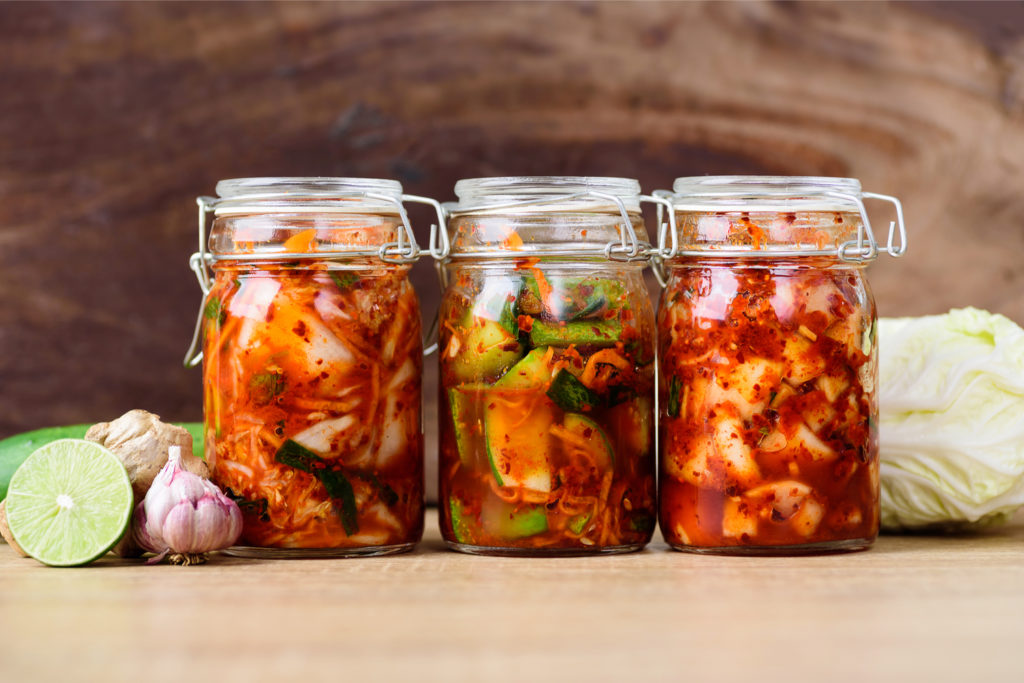
Probiotics are beneficial bacteria that live in your body’s digestive tract. This type of bacteria can impact your health in profound ways. Research shows that probiotics can have a significant impact in treating conditions such as asthma and inflammatory bowel disease. Additionally, probiotics play a role in neurodevelopment and mental health.
These bacteria also work tirelessly to help the body burn fat and lose weight. A meta-analysis of 15 studies showed that participants who took probiotics experienced bigger reductions in body weight and fat percentage than those who took a placebo.
Fermented foods are great natural sources of probiotics. Here are some probiotic-rich foods to consider adding to your diet:
- Kombucha
- Kimchi
- Kefir
- Miso
- Sauerkraut
- Yogurt
- Tempeh
- Pickles
- Natto
You can also boost your probiotic intake via supplementation.
7. Fast intermittently
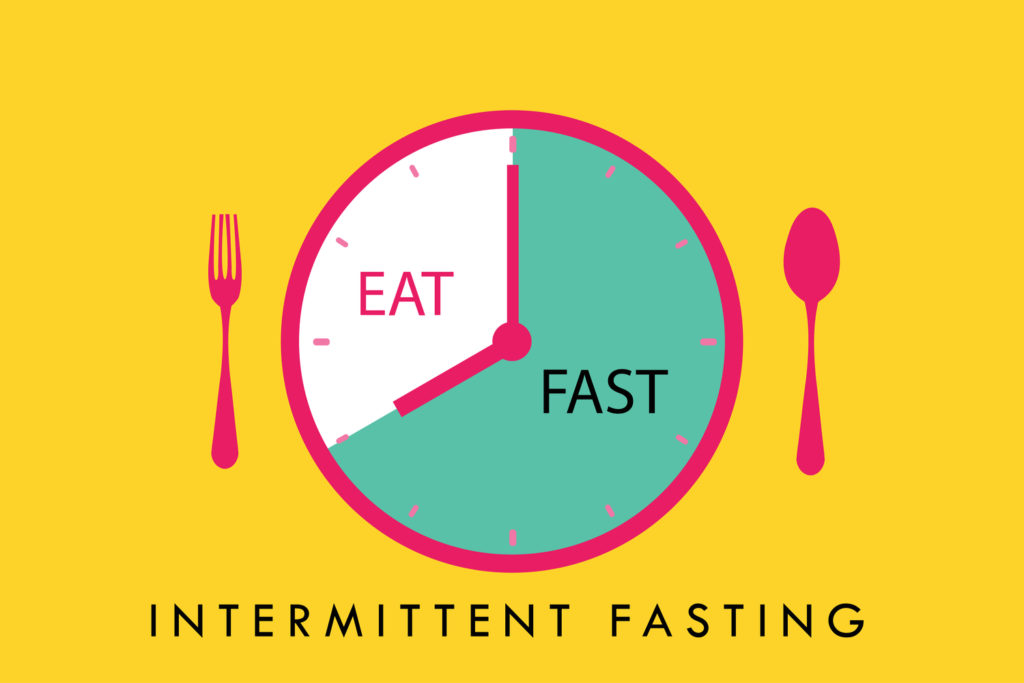
Fasting is an approach to eating that’s been around for thousands of years. It involves abstaining from food for a predetermined period of time.
Intermittent fasting is a type of fasting in which you rotate between short fasts and periods of food consumption. There are many different variations of this type of fasting. For example, one type involves fasting for an entire day once a week while eating normally on the other six days. And another type requires you to limit your food consumption to just one meal per day.
Research shows that intermittent fasting can be a powerful ally in your effort to burn body fat and lose weight. One study involved participants that ate only during a daily eight-hour window. The study showed that this type of intermittent fasting worked to decrease fat mass and increase muscle mass when combined with strength training.
Intermittent fasting works well to reduce and banish both subcutaneous and visceral fat.
8. Use a food journal
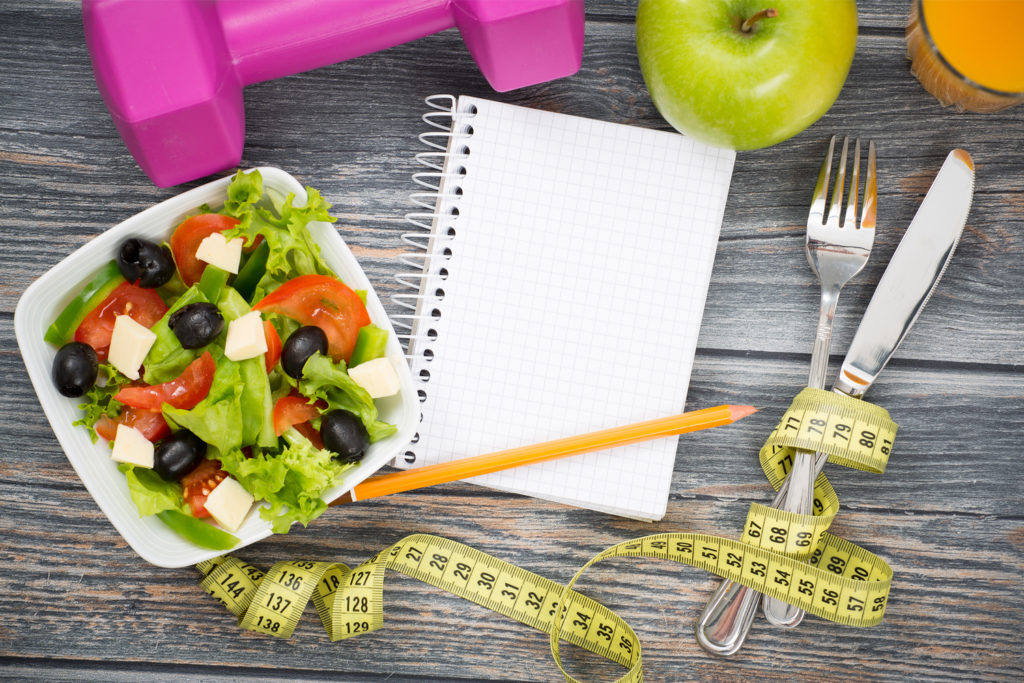
One quick and relatively easy thing you can do to help your body burn fat is to track your food intake via a food journal.
In many cases, people have unhealthy eating patterns that they’ve never taken the time to examine and address. If you set up a structured system for monitoring your food consumption, you’ll be able to establish greater clarity when it comes to your eating habits. This can take as little as 15 minutes or less each day, but it can yield big results.
One study looked at 142 people who were overweight or obese. The participants who logged their food intake lost more weight than those who didn’t.
9. Get spicy
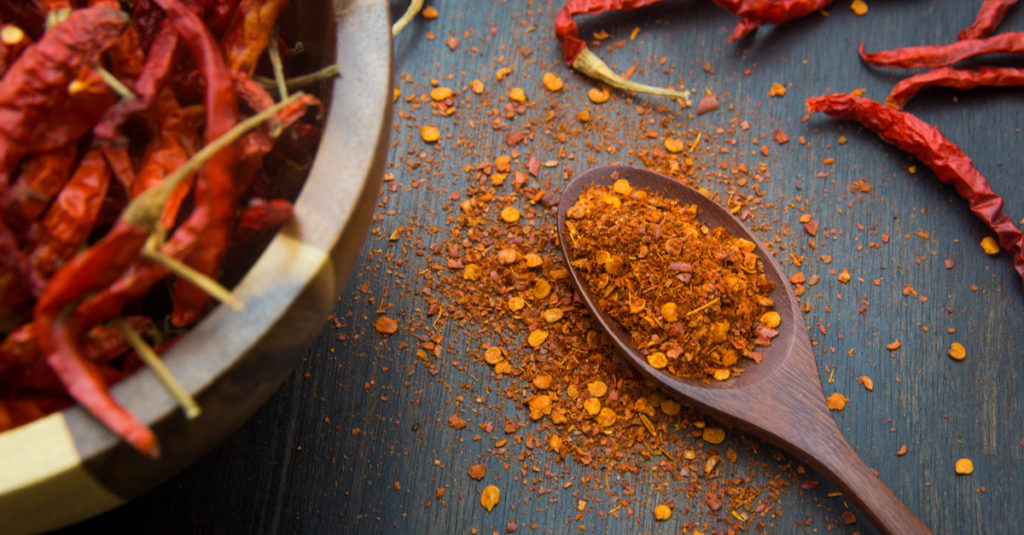
Certain spices have qualities that support fat burning and weight loss. The list includes cumin, cinnamon, turmeric, chilies and peppers.
Fat-burning benefits
Here are some of the ways in which spices can help you reduce fat and burn calories:
1. They help suppress your appetite
Peppers such as cayenne contain capsaicin. In a 2014 study, those who consumed pepper with each meal felt more satiated and reported fewer cravings. This data suggests that the capsaicin found in some types of pepper has an appetite-suppressing effect. If your appetite is suppressed, you’re likely to consume fewer calories; this will ultimately help you achieve the caloric deficit that’s necessary for fat loss.
2. They speed up your metabolism
If your metabolic rate is increased, you’re more likely to convert calories into energy instead of stored fat. A 2010 study looked at dihydrocapsiate, an ingredient found in chili peppers. The study found that people who ingested this ingredient for a month as a supplement were able to raise their metabolic rate by roughly 50 calories.
3. They help you burn more calories
Spices such as cayenne pepper cause your body temperature to rise. When this happens, your body takes steps to try and cool itself down. During the cooldown process, additional calories are burned. A 2013 study looked at the capsaicin found in certain peppers. In the study, capsaicin increased the calorie expenditure of those who took it.
4. They may help suppress the growth of fat tissue
Reasearch shows that certain spices may help discourage the growth of fat tissue in the body. In a 2009 study, turmeric suppressed the growth of fat tissue in mice.
Other health benefits
It’s also worth noting that spices have other benefits that can help improve your health:
1. They support longevity
Research indicates that eating spicy foods can increase your life span. In a large 2015 study conducted by Harvard and China’s National Center for Disease Control and Prevention, eating spicy food several days a week lowered mortality rates by 14 percent.
2. They fight inflammation
Inflammation is a condition that’s at the heart of many chronic diseases. Curcumin is a compound found in turmeric. Research shows that curcumin may help battle inflammation in the body.
3. They kill harmful bacteria
Spices such as cumin and turmeric have strong antimicrobial properties. This means they kill harmful bacteria in the body.
4. They may help fight cancer
The capsaicin found in certain peppers is effective at destroying cancer cells. In a 2006 study, capsaicin stopped the growth of prostate cancer cells in mice while leaving healthy cells unharmed.
10. Lose the bread
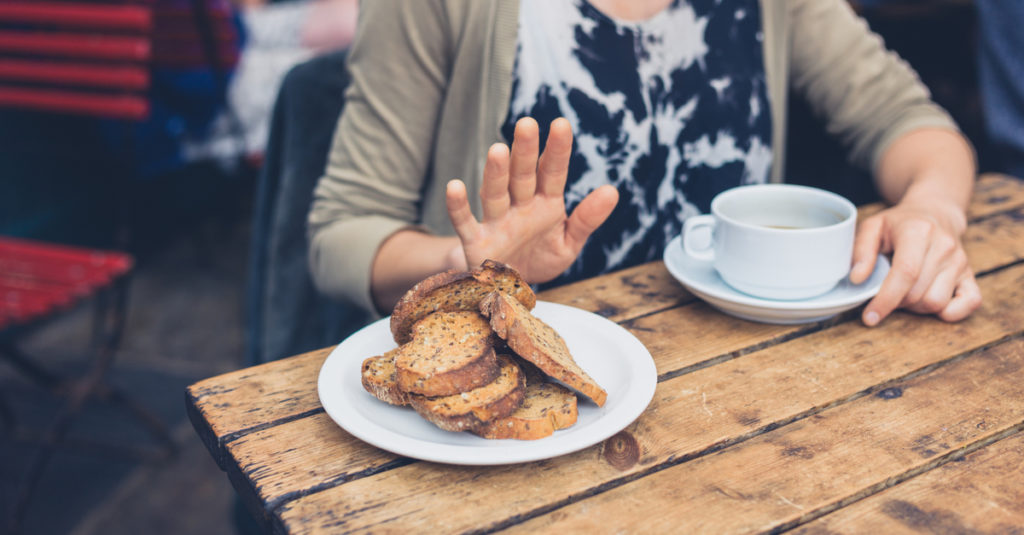
That burger bun and those slices of bread that hold your sandwich in place contain calories and carbs. One easy way to cut back on calories and help your body lose fat is to reduce the amount of bread you consume. You can get even better results by completely dropping bread from your diet.
Replace bread with produce options that are lower in carbs and lower in calories. This includes choices such as romaine lettuce and large mushroom caps. Taking this step can reduce your calorie consumption by upward of 100 calories per day.
11. Do more walking

If you do more walking each day, it will ramp up your calorie expenditure. You can embark on this effort by making relatively small changes that won’t require too much time or effort.
For example, take the stairs instead of the elevator whenever doing so seems reasonable. And park a little bit farther away than normal to give yourself a brisk walk from your vehicle to your destination.
To keep yourself motivated, invest in a pedometer. This device tracks how many steps you’ve taken each day, as well as calories burned. It will help give you a sense of how many calories you’re burning each day via walking.
12. Subscribe to a healthy meal delivery service
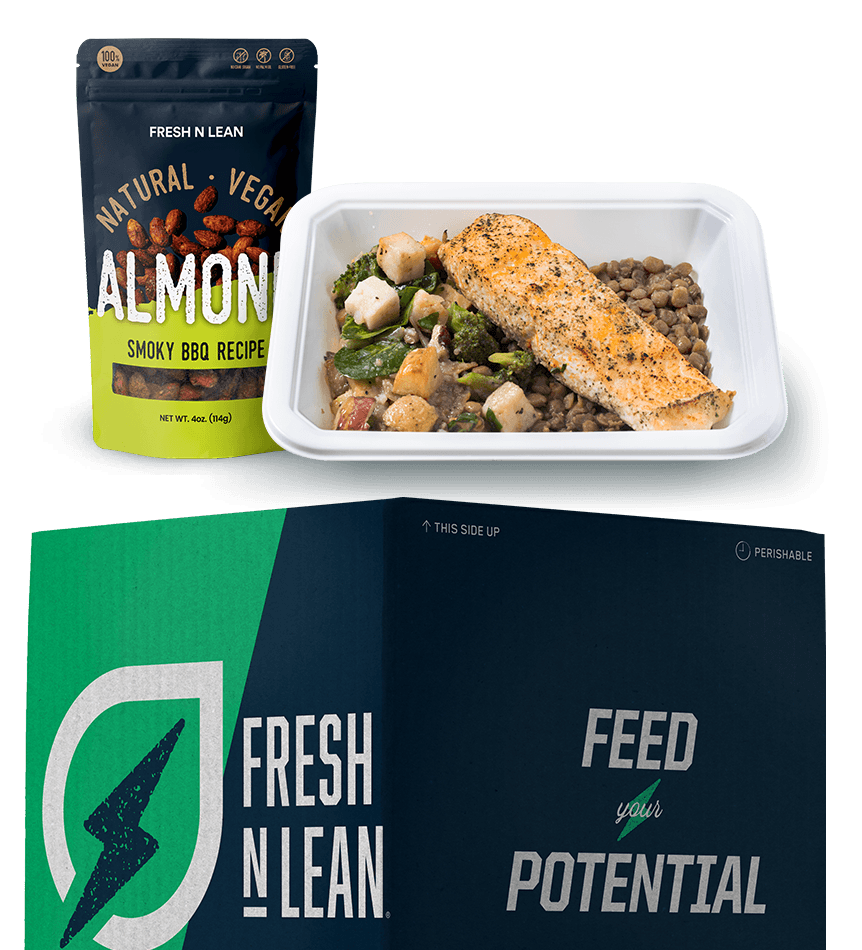
With fat loss, it’s essential to monitor calorie intake. This can be more tedious than many of us would like.
An easy solution is to subscribe to a healthy meal delivery service. This service will help you avoid the time and effort that comes with cooking and calorie counting by delivering nourishing meals straight to your doorstep. Typically, each meal comes with a nutrition label that lists its macros and calorie count.
Next steps
Now that you know what steps to take to ramp up fat loss, it’s time to get moving. Take a look at your overall diet and routine, and decide which of the hacks listed above would work best for you. Next, make that hack part of your lifestyle, and watch the wonderful health changes roll in.
If you want to simplify your journey by using a healthy meal delivery service, subscribe to Fresh N’ Lean. We offer meal plans that cater to a wide range of diets, from high-protein to keto. Our organic, chef-prepared meals are nourishing and nutrient-dense, and they’re conveniently delivered straight to your door.


